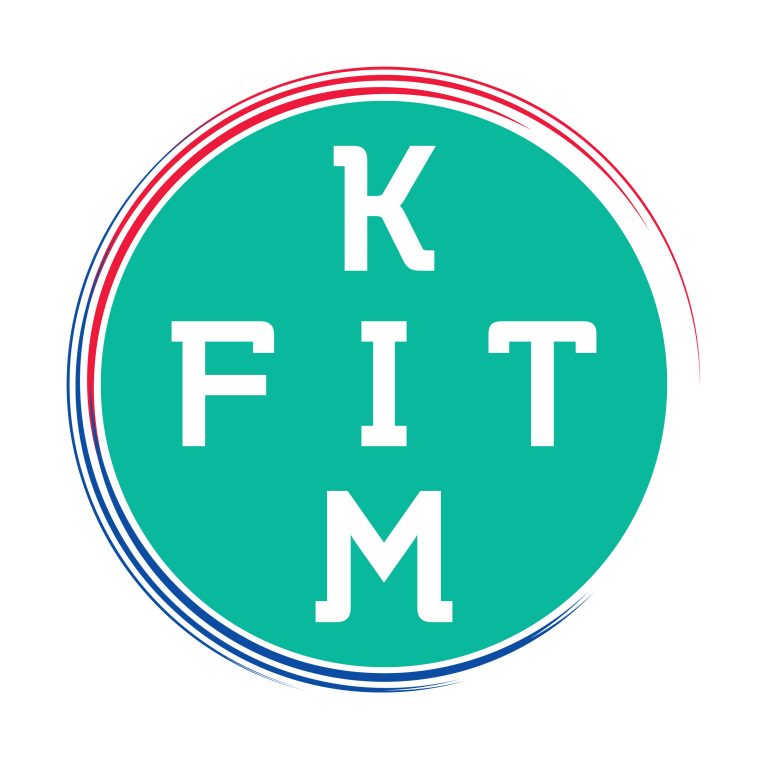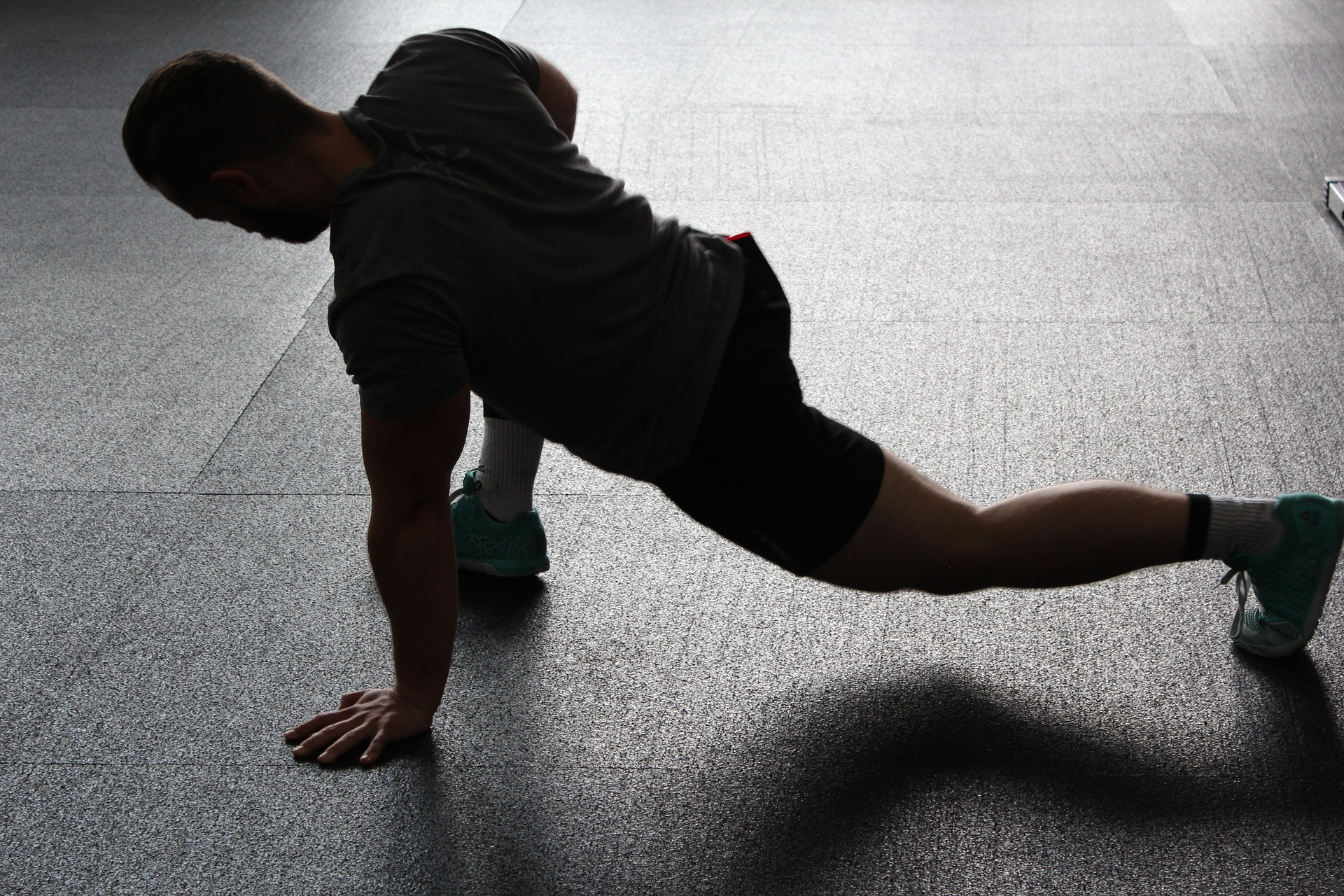As an elite athlete and personal trainer, injury is something I face on a regular basis; either I have an injury, or a client does. Finding the balance, between working hard and working too hard (on all fronts) is very tricky. Sometimes it tips too much in the working hard direction and injury occurs. This can be an overuse injury or an acute episode that probably happens from fatigue because we’re stretching ourselves too thin.
Of course, we try to allow enough time for and implement appropriate recovery strategies. These might include sleep, foam rolling, appropriate warm up and cool downs, and of course recovery days. It is when these practises slip, in times of stress usually, that our body can break down as a call for help.
When and if injuries come, they are never welcome. If you’re an avid exerciser it totally sucks to have to reign it back or at worst stop training altogether. It can feel like it’s the end of the world (or maybe that’s just me?) and that all the hard work that went into getting you to that point (probably in awesome shape) was for nothing.
However, there is a best course of action and if followed, it can allow for a safe return to play and performance.
Follow these five steps to appropriately deal with injury*:
- Stop. If you have pain (you’ll know) stop whatever you’re doing. Running/playing through injury does not make you a hero.
- Seek professional advice. Find a physio, chiropractor, soft tissue therapist, or go see your GP to get a diagnosis. This is the first step to fixing it. Do not stick your head in the sand and hope it will go away.
- Rest/cross train. After diagnosis, you’ll probably have some rehab exercises to do and maybe an instruction to rest. Listen to this advice and follow it. You may be able to do some cross training e.g. swimming/cross-trainer but ask first. Finding an alternative will help with the frustration. But don’t overdo it, your body needs to remain stress free to heal. Consider how to make work less impactful on the injury too. Could you ice it at work, sit with your leg up, change your footwear, use software to prevent the need to type?
- Rehab/cross train. YES, rehab again. Rehab is the most boring thing on earth but at least it is exercise. Continue with the programme set for you and seek a follow up if you’ve been advised/you feel it is necessary. Now the acute phase of the problem has passed you may be able to do a bit more cross-training. Or you could start to work on the underlying issues that contributed to the injury i.e. mobility/movement control (probably). It’s not your usual training but it will maintain some of your condition and be helpful in the long run.
- Return (slowly). There will come a point, dictated by the professional you sought advice from, that you will be ready to start returning to your sport/training again. This is the hardest part. You’ll probably stop seeing your physio (or equivalent) at this point and may be left to your own devices. This is not the time to throw yourself back into training full-tilt. Your body will be detrained (sorry, but it will) and you risk recurrence of the injury if you do too much too soon. Instead, take it slow.
Anything else?
It is a good time to consider a personal trainer or coach to help guide the return if you’re unsure of how to return to play in a graded way. This would include the types of strengthening and mobility exercises your rehab included but incorporating them into more intense movements or stressful (competitive) situations. You’ll also benefit from moderating volume and intensity of sessions so that your body adapts to the load in a progressive manner.
It would also be beneficial to consider including some prehab exercises or extra conditioning into your routines on a regular basis to try to prevent any future injuries occurring. You may be able to add these into your warm up or cool downs or you might favour a whole session away from your sport to dedicate to strength and conditioning. This could be supported by a personal trainer or coach – cheaper in the long run than physio every time you get injured.
So, there you are, five steps to dealing with injury. And the most important one? Seek help from a professional. These are guidelines only and you should follow your doctors or physiotherapists advice to safely deal with any injury. Next week I’ll be sharing my thoughts on dealing with injury from a mental, social, and nutritional point of view.
Good luck! And if you’re in, or approaching, the return step and want some guidance email me at thekimfitway@gmail.com or use the contact form on my website, I’d love to help!
*These are guidelines only and you should follow your doctors or physiotherapists advice to safely deal with any injury.



